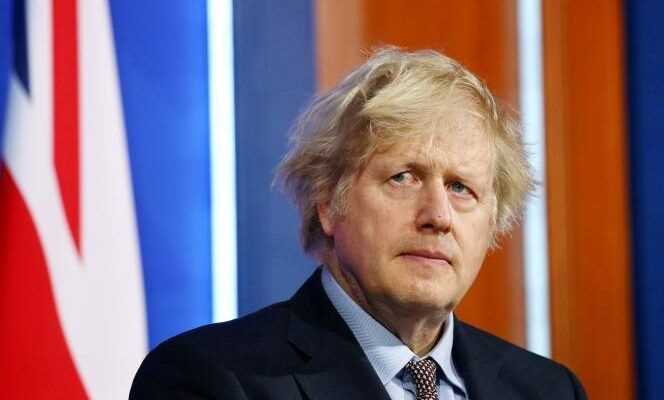It is a turnaround that took experts by surprise and continues to generate a lot of ink. Two weeks after the surprise announcement, on March 16, by the United Kingdom to revise upwards its nuclear warhead ceiling, questions are mounting as to the real objectives of this declaration, which concerns one of the indicators – keys to the arsenal of one of the world’s major nuclear powers.
In this area as sensitive and classified as deterrence, the interpretations are based on clever cross-checks. However, in these times of international tensions and the redefinition of strategic competition, this announcement by the United Kingdom has made the exercise even more delicate.
Before March 16, only one thing was certain: the United Kingdom, the only country to have limited its deterrence system to a single “component”, in this case maritime, was engaged in a replacement program, at the both its nuclear submarines and its aging warhead stock – the lifespan of the latter cannot exceed 2030.
Nobody expected, however, that this replacement would find itself coupled with a possible increase in the stock of warheads. The cost of this program, kept secret, is probably not for nothing. The vagueness is also maintained on what it covers. The only certainty: across the Channel, deterrence represents around 6% of the annual defense budget, itself endowed with 40 billion pounds (46.7 billion euros) in 2020-2021.
Politics, diplomacy, strategy
In this context, since March 16, analyzes diverge on what may have prompted the British Prime Minister, Boris Johnson, to embark on such a posture, contrary to all the commitments made by the United Kingdom in recent years . Three great explanations hold the cord.
The executive does not commit to anything, except to show the muscles to maintain “credible” its deterrence.
The first is political. For some observers, Mr Johnson has only waved a smokescreen. By indicating wanting to raise the current ceiling of warheads by “Less than 225 heads” at “Less than 260”, the executive does not commit to anything, except to show the muscles to maintain “Credible” sa deterrence. Today, the real number of British nuclear warheads is estimated at 195. This convoluted formulation would even leave the field open to a possible reduction of the stock.
You have 64.22% of this article left to read. The rest is for subscribers only.
